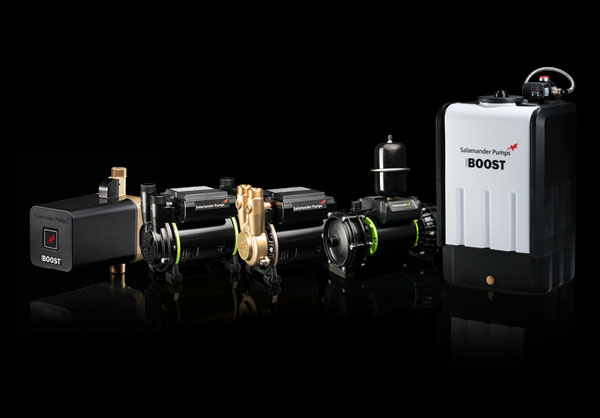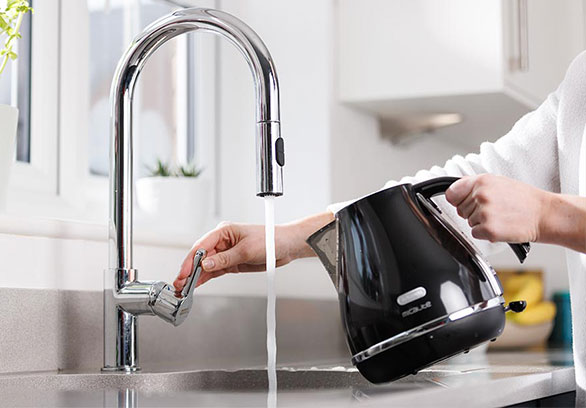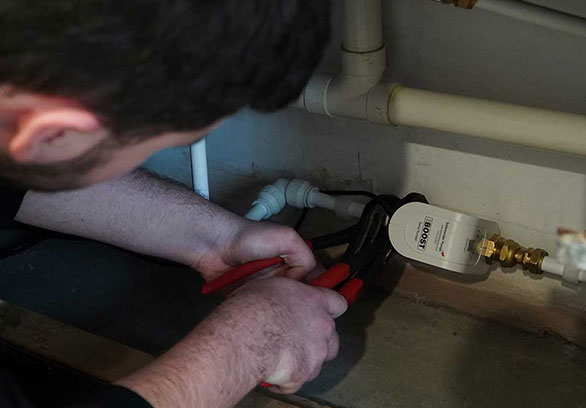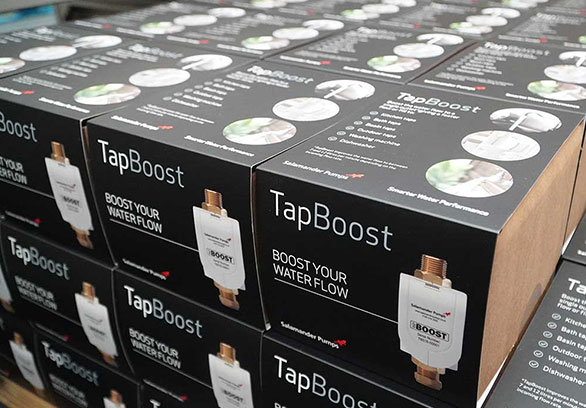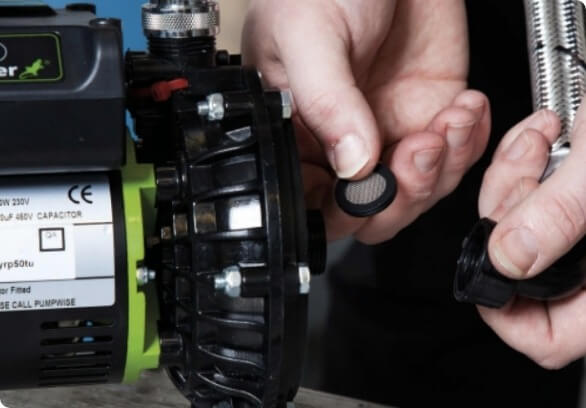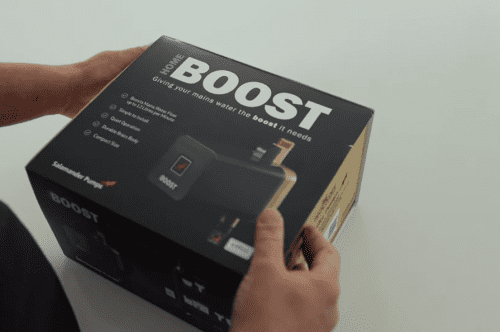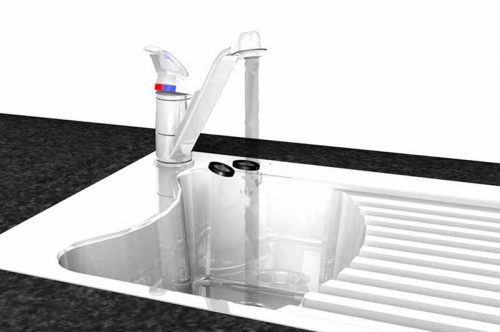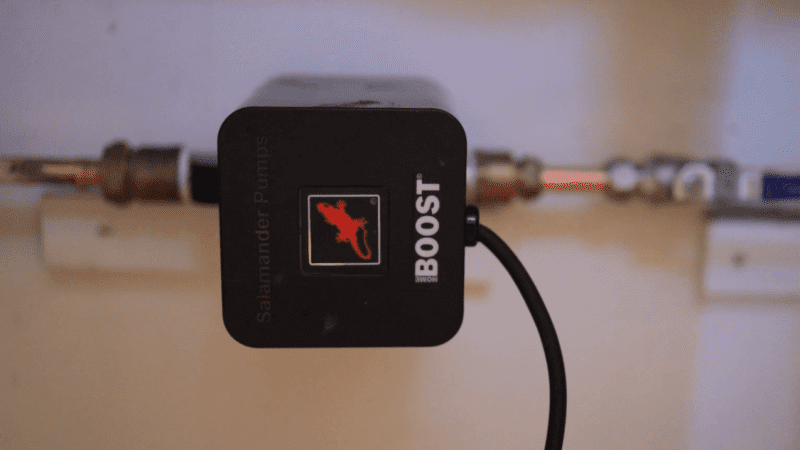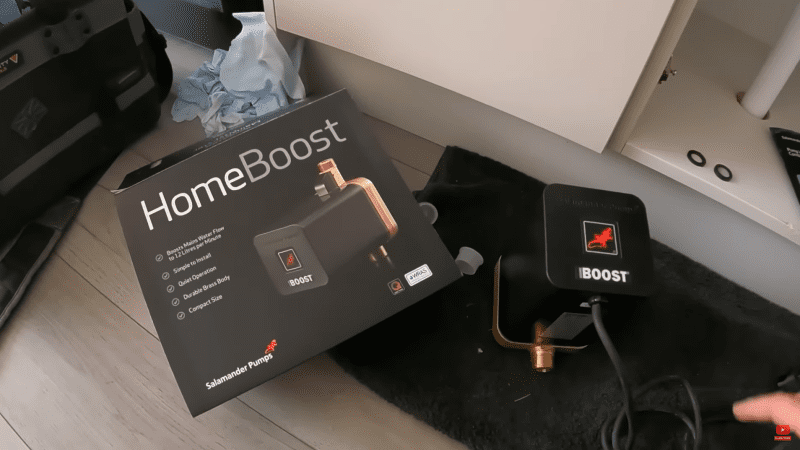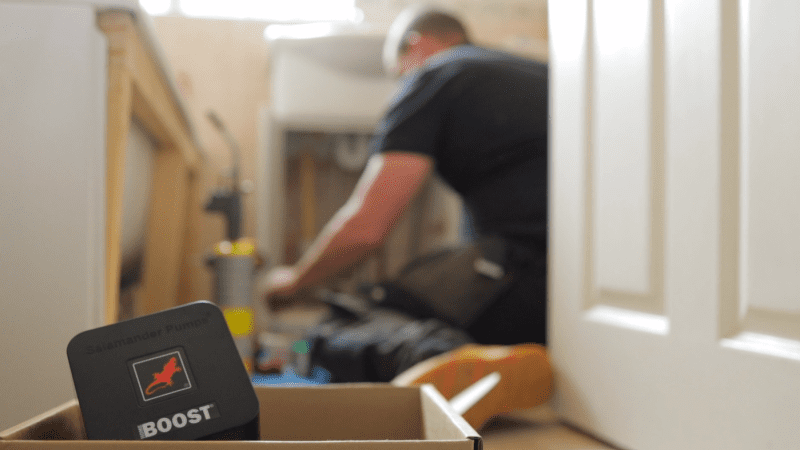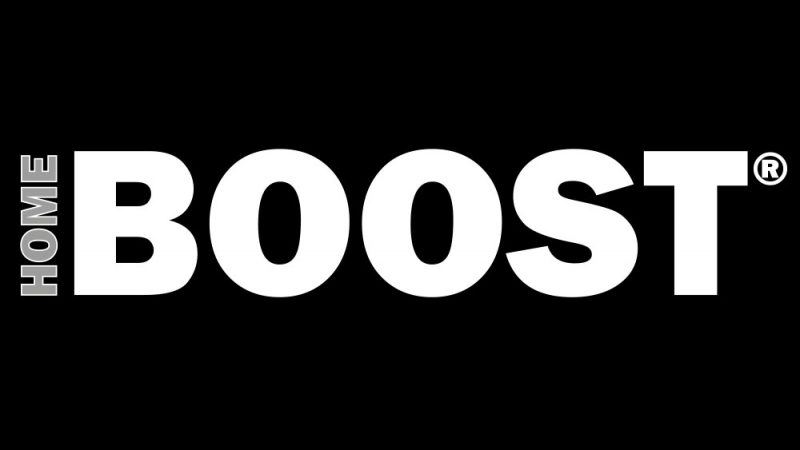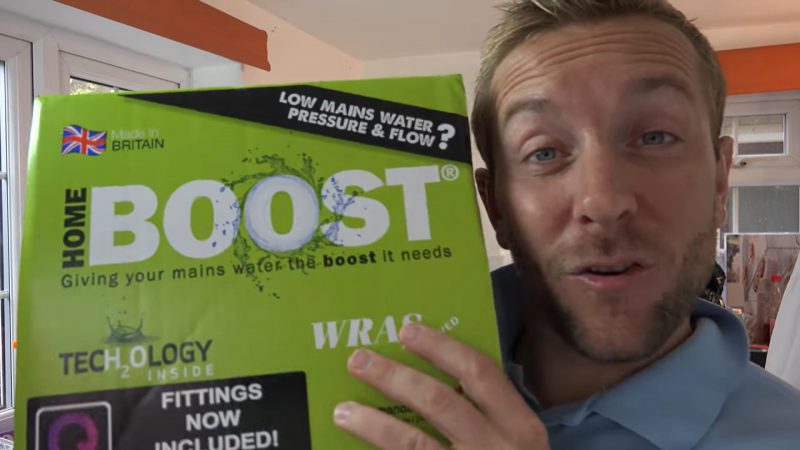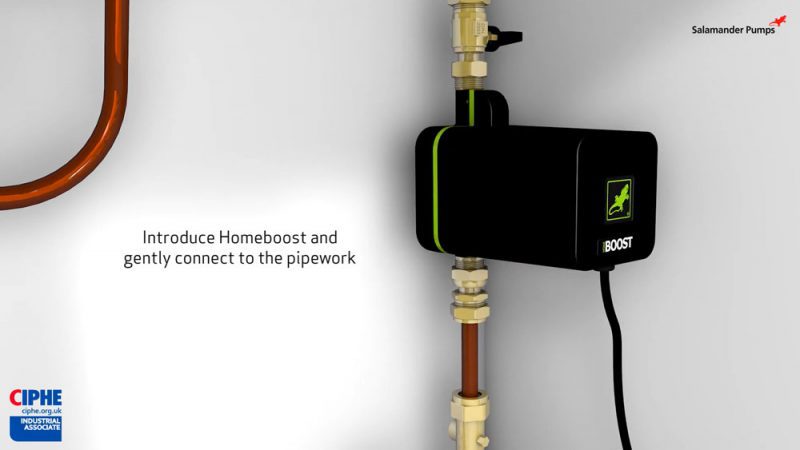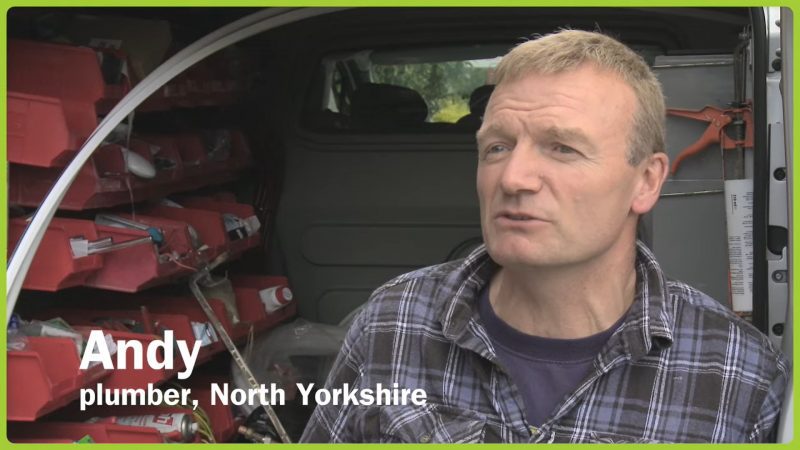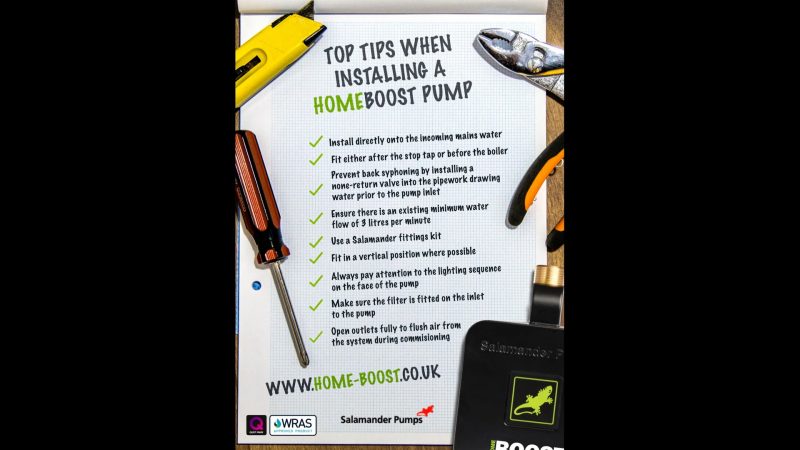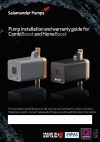HomeBoost draws water from the mains water supply pipe to deliver an increase of flow into the property. If HomeBoost recognises poor flow (between 3L/min and 12L/min) it will activate the motor and increase the flowrate up to 12 L/min (the maximum allowed pumped flow directly on the mains). Where the flow turbine recognises more than 12 L/min, the signal is sent to the pump to sit in idle mode.
Pre-Installation
Installation
Post Installation
Pre-Installation
Installation
Post Installation
Pre-Installation
-
Get support on choosing the right product and discover what to consider before buying a pump.
- Pre-Installation Support
Installation
-
Find out where to buy your chosen pump. Get support and advice on product installation.
- Installation Support
Post Installation
-
Get guidance and advice on warranty registration, customer service and troubleshooting.
- Post-Installation Support
